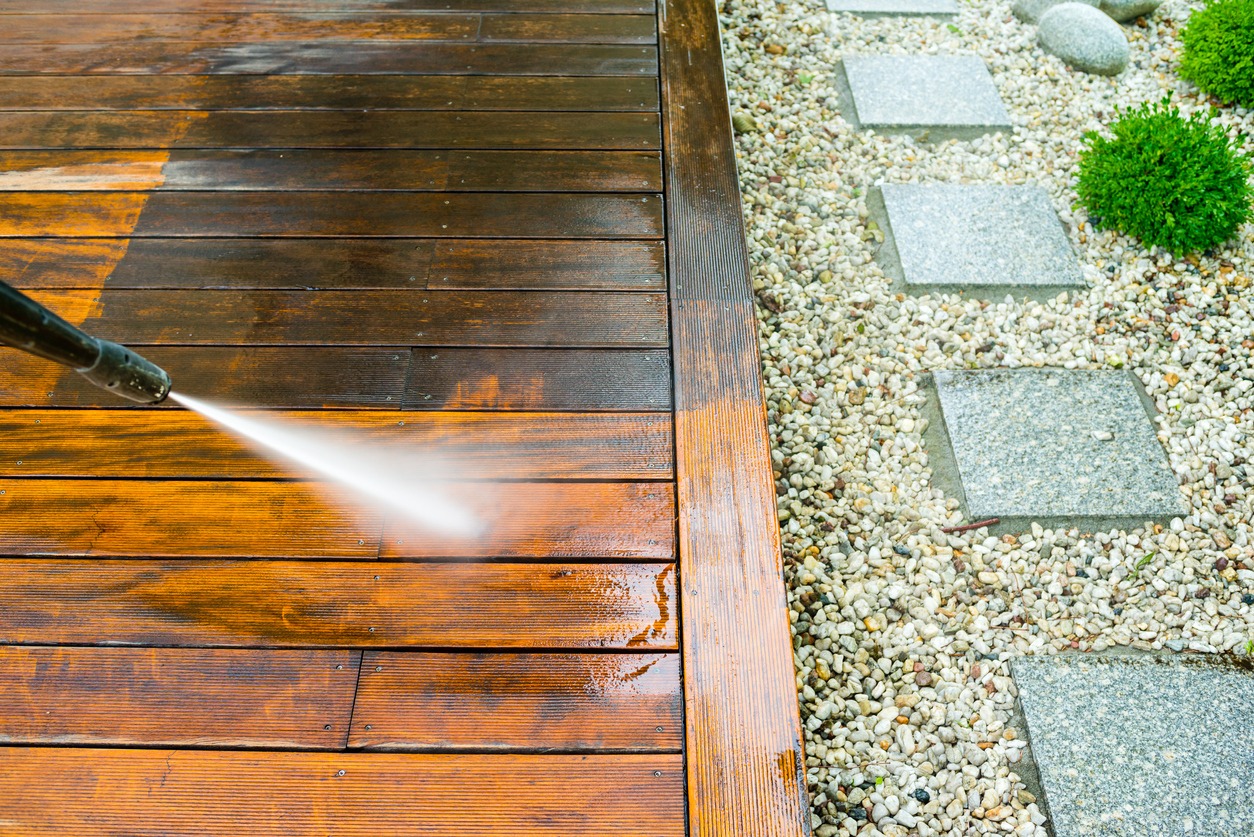A wooden deck becomes a prized possession due to its ability to increase the value of the property. A home with a deck assumes more of an inviting appearance for guests and household members alike, a place where they can gather and enjoy the fresh air during any season. And while these benefits of a wooden deck are certainly undeniable, homeowners must take specific steps to protect this fixture as the wood base is liable to become damaged due to uncontrollable weather conditions and basic neglect. Supplies for wood deck repairs and replacements aren’t cheap at any deck store, and damage must be avoided through proactive and protective measures that can go a long way in enhancing the lifespan of your wooden deck.
Find out the various ways you can protect your wooden deck before external sources decrease the quality of the wood it’s made from.
Why protection and maintenance are necessary
Because a deck is often a popular spot for households and friends of a family to gather, your deck will receive a lot of foot traffic. A perpetual amount of pressure on a deck is inevitable, and it is also exposed to the natural elements, making a deck prone to getting damaged in some way. Wood is especially suspectable to damage, including moisture, where the wooden planks can warp, bend, rot, and attract funguses and pollen, resulting in wooden plants completely decaying. Not only do these types of damages cause your deck to look quite unsightly, but the damaged deck can lead to injuries if someone falls through the decaying wood or strains over it. Although wood takes time and effort to be maintained, it is worth it to steady the value of your home and safeguard your household.
Regular maintenance
Like any fixture on your property, regular maintenance is the key to keeping your wooden deck from falling apart. Basic maintenance can include sweeping debris, like fallen leaves during the autumn, off your deck and be sure to rid your deck from moist leaves as the moisture can easily damage the wooden planks. As soon as you notice various stains, either from food, drink, or bird droppings, take pains to clean these spots. More so, any hefty potted plants that are directly on your deck should be periodically elevated to alleviate unnecessary pressure and weight from the wood. Small acts of your own can also keep your wooden deck from getting damaged, like refraining from wearing pointed heels that will dig into the wood and if your animals have sharp nails, trim their nails so they won’t impact the wood.
Cleaning and sanding
Although doing minor cleaning tasks to keep all debris and any potential objects that could damage your wooden deck, prepare to do a bit more labour-intensive cleaning and sanding. Many homeowners opt to initially clean their wooden decks with a pump spray containing a thorough cleaner and ensure that every inch of the deck’s surface is cleaned with an effective cleaning solution. After doing this, you will want to power wash the wooden deck using a washer that amounts to 2400 pounds of pressure, sweep the wooden deck’s surface with it, and then wait for the deck to eventually air dry. Pressure washing your wooden deck will prevent the wood from rotting and circumvent insects from further harming the wood.
Sealing
Once the wooden deck is sanded and cleaned, the next vital step to protect your deck is to seal it. Sealing your deck will prevent the wood from splintering and cracking from overexposure to water and will keep elongating its lifespan. More so, sealing solutions will protect the colour of your deck from fading, fungus growth, and other moisture damage. You are supposed to apply the sealing that can be bought at any deck store with a roller or paint brush and spread it evenly across the surface of the deck and in every small crack. For best results and ultimate protection, seal your deck every few months.
Deck repairs
When you notice damage on your deck, be sure to fix it as soon as possible. Do not let the damage worsen over time, or it can impact the entire structure of your deck, where it will become much less stable. Repairs are most important to do before winter weather sets in, where the harsh weather will exacerbate any minuscule damages you might have ignored in the fall.

